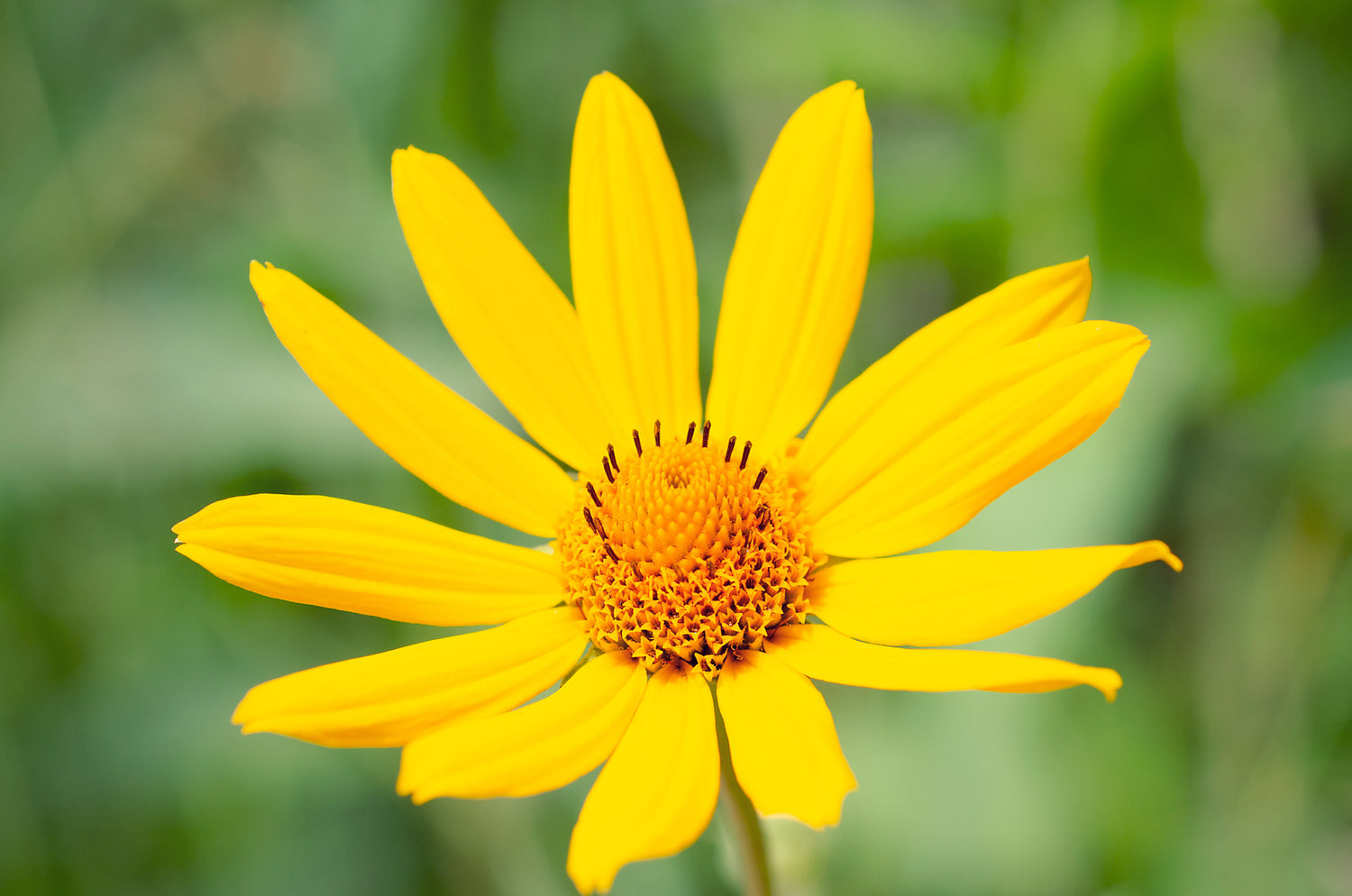1
/
of
1
HELIOPSIS HELIANTHOIDES / FALSE SUNFLOWER
- Regular price
-
$24.95 CAD - Regular price
-
- Sale price
-
$24.95 CAD
Shipping calculated at checkout.
Couldn't load pickup availability
Delivery Fees
Delivery Policy
Enjoy FREE delivery on all orders over $149!
For orders between $80 and $149, a $18.99 delivery fee will apply.
Orders under $80 will be prompted to add more items to your cart.
- Daisy-Like Flowers: Oxeye sunflowers produce striking, daisy-like flowers with bright yellow to orange-yellow petals and a prominent brown or maroon center. These flowers closely resemble true sunflowers and add a burst of color to gardens and landscapes.
- Long Blooming Period: Heliopsis helianthoides has an extended blooming period, typically from early summer through early fall. This long-lasting display of flowers makes it a valuable addition to gardens, as it provides continuous color and attracts pollinators for an extended period.
- Attractive to Pollinators: The nectar-rich flowers of oxeye sunflower are highly attractive to a wide range of pollinators, including bees, butterflies, and beneficial insects. Planting this species can help support local pollinator populations.
- Adaptability: False sunflower is known for its adaptability to various soil types and growing conditions. It can thrive in full sun to partial shade and is tolerant of a range of soil moisture levels, from well-drained to somewhat moist. This adaptability makes it a versatile choice for landscaping.
- Wildlife Value: The seeds of Heliopsis helianthoides are a food source for birds, particularly finches and sparrows, adding to its value in supporting local wildlife. The plant's dense growth can also provide cover and habitat for small mammals and nesting sites for birds.
- SPREAD 40-60 CM
- HEIGHT 90-120 CM
- PLANT ZONE 4
- NATIVE TO ONTARIO
Care Instructions
Different plants have different watering needs. Check the soil moisture by inserting your finger about an inch into the soil. If it feels dry, water the plant until the water drains from the bottom of the pot. Avoid overwatering, as it can lead to root rot.

HELIOPSIS HELIANTHOIDES / FALSE SUNFLOWER
- Regular price
-
$24.95 CAD - Regular price
-
- Sale price
-
$24.95 CAD
SALE
All Echinacea & Monarda, Buy 4 get 1 Free! No code required


